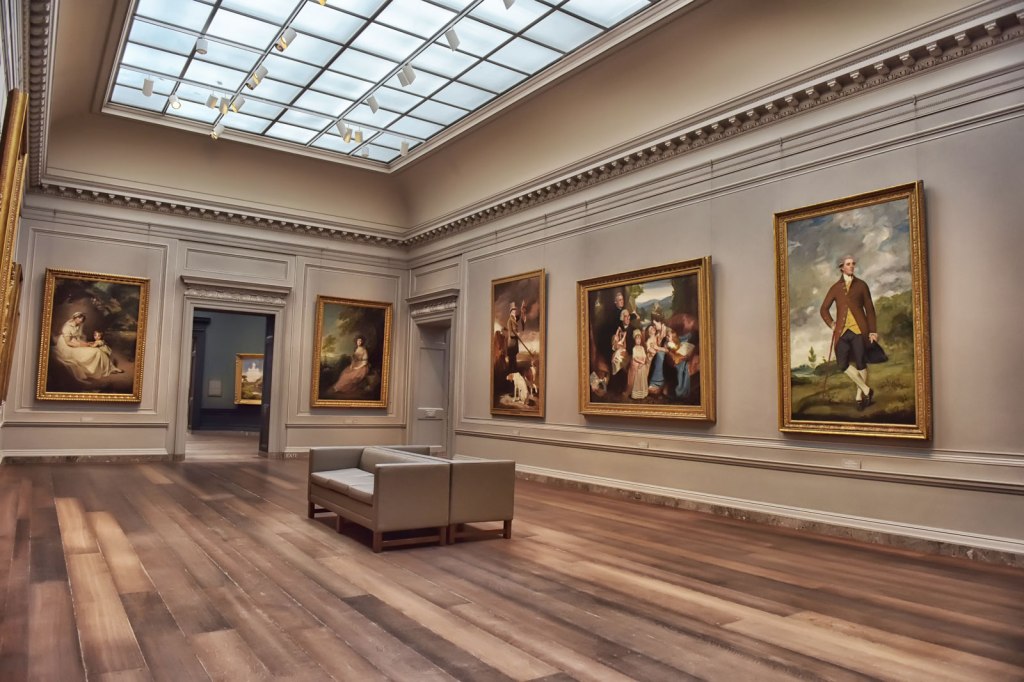I have been homeschooling my teen off and on for 12 years and currently she is being homeschooled for high school. She is in 11th grade and is dual-enrolled in community college. That means that she is a high school student and college student at the same time. Many folks ask me what curriculum do I use for her since she is in high school. I don’t use a pre-made curriculum for high school. I have created/curated her curriculum since I started homeschooling her since she was four and that has not changed now that she is in high school. In this article, I will share some resources that I’ve used to design her curriculum and the reasons behind my choice to use some of them. I encourage you to consider designing your own curriculum as it allows you to create a learning journey that is unique to your child. While I do advise you to visit the website of your local school system to get ideas on what the learning standards are for your child’s grade, you have the flexibility to aim above those standards if you wish.

- Khan Academy for Math and Science
Khan Academy has been an asset to our homeschooling journey since my child was in elementary school. This free online resource offers a portal for parents to monitor their child’s progress and the site does the rest. The rest is in the areas of pre-assessment, instruction and tutorial. That’s right. This site has an assessment tool to gauge where your child is academically and then designs a curriculum that your child can begin to take to engage in the subject they are on the site for. I use Khan Academy for math instruction and even intend on having her use the site as she begins to prepare for SATs (I only decided this month that I want her to take the SAT which is why she is taking it late).
Khan Academy is typically used by homeschooling families for math, but there are other subjects the site helps with as well. Although it is a free resource now, I always encourage homeschooling families to donate to their organization so they can stay around for those of us who use their service so often.

2. The Public Library for English, Writing and Critical Thinking
This sounds so obvious and corny to mention, but, let me share with you why I listed it. Public library systems have book/reading lists that they have compiled for different age groups. Many have them listed virtually while some require you to request them directly from the branch. Requesting a reading list based on your child’s reading level allows you to determine which books to assign or allow your child to pick from when building their curriculum for the week, month or school year. I am a college professor, so I have asked colleagues for their recommendations when putting together my own book list. When designing a syllabus for my teen during her first two years of high school, I would let her pick which books she would read and then do assignments on.
The library also allows you to rent movies, music and other learning materials if you don’t want to purchase materials. The online resources libraries offer are great tools in general to help your children begin to develop skills in researching and finding learning materials on their own.

3. Udemy for Life Skills and Interest-Led Learning
One year, I spent less than $200 on more than ten courses that my daughter chose herself based on interest and three parameters that I gave her during her first year of high school. She chose courses in photography, how to use a smart phone beyond picture taking, sign language, singing and about five other subjects. Udemy is a wonderful site of online courses that you can choose from or direct your teen to if you are allowing them to create their own learning curriculum. The offerings are immense and people on the site are often professionals in the field they are teaching. I took a course on there on statistics to help me understand my doctoral course in quantitative methods where statistics was a large component.

3. Museums for Science, Art and Culture
Now with COVID-19, it is unlikely any museums are open. But, almost all museums now are offering virtual resources for those eager to incorporate their resources into your learning curriculum. Some of my favorite virtual museum resources are: The National Museum of African American History and Culture, Zoos and Aquariums, and Art Institute of Chicago.
Here is a link to over 2500 art museums sharing online materials.
Here is a story on art museums putting their collections online.

4. Gyms for Health and Fitness
Planet Fitness is the gym of choice for our household because it is affordable and allowed our teen to be our guest for free with the Black Card plan. Now that gyms are closed, they are offering online classes and work-out plans that have been helpful for us (even though, I’ll be real, we have not been using them yet). Here is an example here.
Since COVID-19 the workout that we have most engaged in have been walks in our neighborhood and dancing in the house.
In closing, when putting together a curriculum for your high school student, recognize that this is a fine time to engage them in their own learning process. Find your resources and let them have a hand in making some selections. You can use some of the spaces I’ve recommended above or choose sites on your own. Ultimately, know that homeschooling allows for flexibility and you have the power to curate your child’s learning experience as you see fit. Best of luck to you!
Dr. Khadijah Z. Ali-Coleman is a homeschooling parent and researcher on homeschool issues. Learn more at khadijahali-coleman.com
Register for the 2nd annual Online Multi-Ethnic Homeschool Moms Conference here
